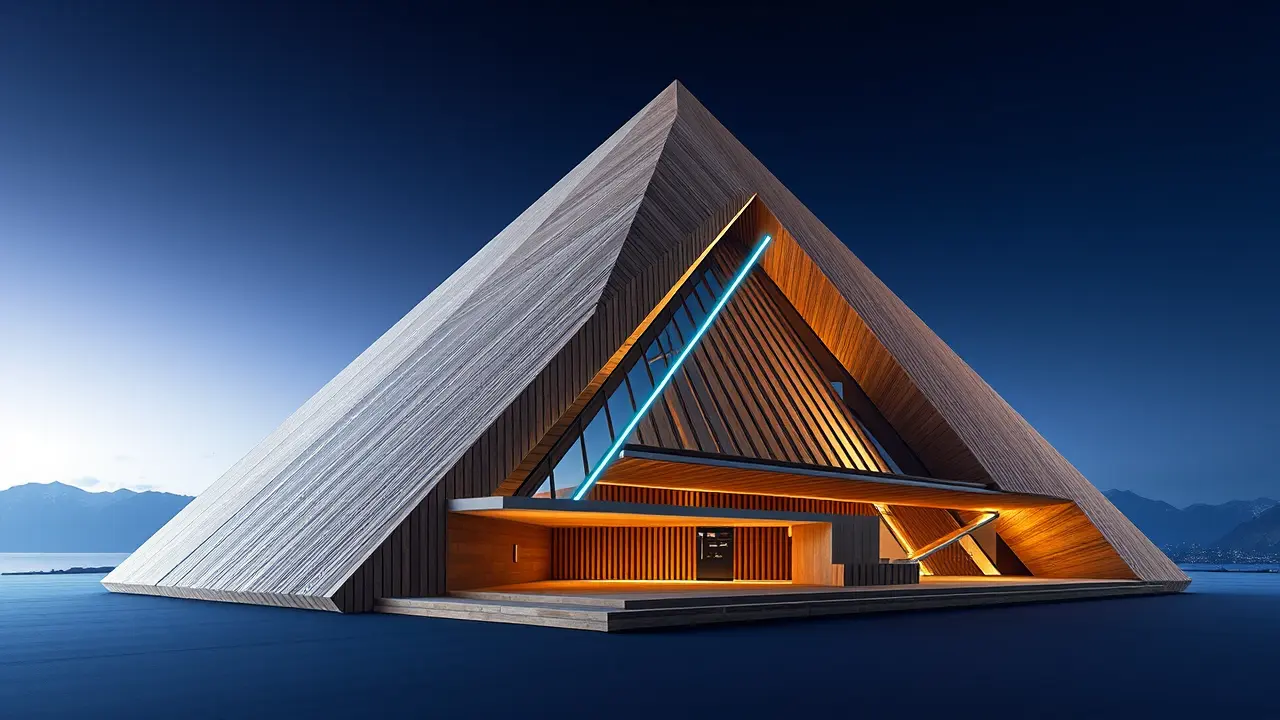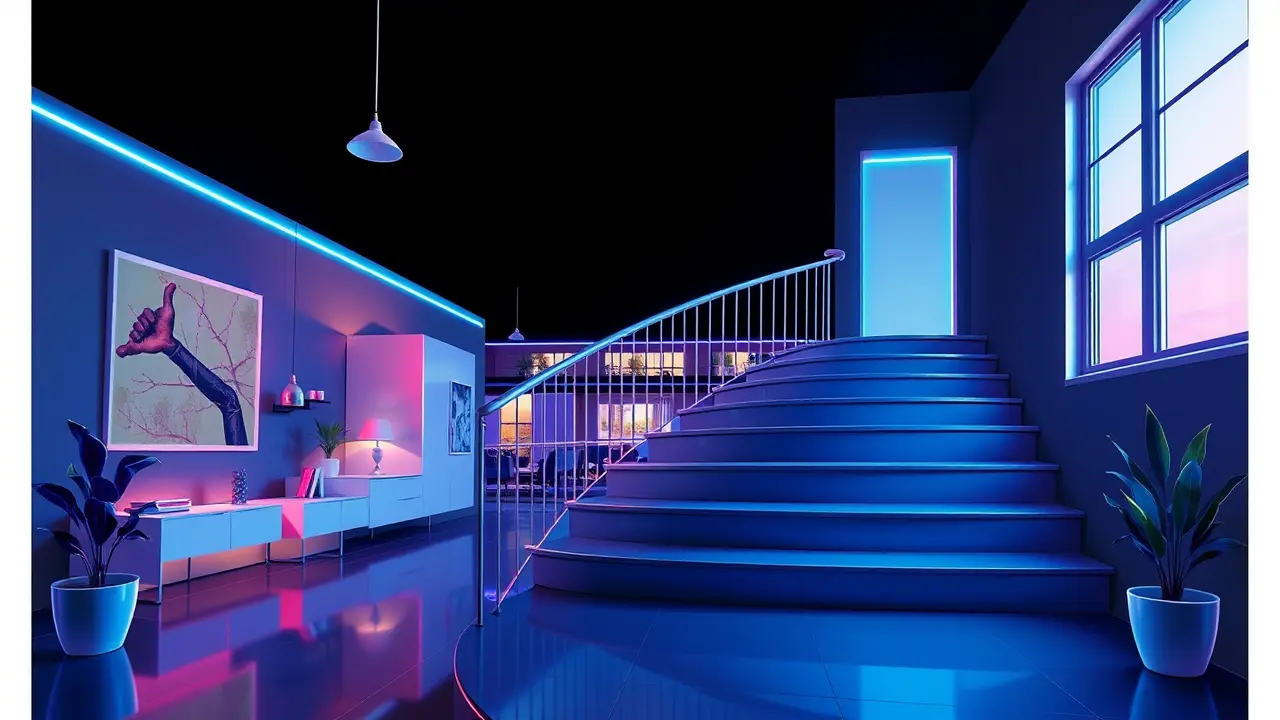
Otherreal estateSustainable Architecture
Pyramidal Wood Volumes Frame LuxeIsland Restaurant by DL Atelier
SO
Sophia King
7 hours ago7 min read
The new LuxeIsland Restaurant by DL Atelier doesn't just occupy space—it sculpts it, rising from the landscape like a meticulously crafted digital rendering brought to life, its pyramidal wooden volumes interlocking with the precise, algorithmic beauty of a parametric design exported from a master architect's favorite software. This isn't merely a building; it's a three-dimensional manifesto on the evolving dialogue between organic materiality and computational form, a structure that feels both ancient in its earthy, timber-clad warmth and utterly futuristic in its sharp, angular geometry.Imagine running your fingers across the intricate wood strip patterns that sheath its facade; the rhythm of the strips is less like traditional joinery and more like the layered brushstrokes of a generative AI art tool, each line of wood a data point in a larger visual algorithm designed to captivate and calm the human eye simultaneously. DL Atelier, in this singular project, demonstrates a fluency in the language of modern design that rivals the most intuitive AI-powered plugins in Figma or Rhino, where forms are not just drawn but grown, iterated upon, and optimized for both aesthetic impact and experiential harmony.The restaurant's form, described as a 'small mountain composed of angular, interlocking volumes,' invites a deeper reading: it is a terrestrial landmark that echoes the digital mountains we build in virtual worlds and metaverse platforms, a physical anchor point in an increasingly fluid reality. One can easily picture the design process, a symphony of digital models and material mock-ups, where architects acted as creative coders, tweaking variables of light, shadow, and spatial flow until the structure achieved a kind of perfect, emergent balance.The choice of wood is a masterstroke, injecting a soulful, tactile humanity into a form that could otherwise feel coldly mathematical; it’s the warm, natural counterpoint to the cool logic of its geometry, much like how the best AI tools for creatives don't replace human intuition but augment it, providing a new palette of possibilities. Stepping inside, the experience is surely curated with the same precision, where light filters through the pyramidal framework, casting dynamic, ever-changing patterns that transform the interior throughout the day, a live-performance art piece dictated by the sun's path.This project sits at a fascinating crossroads in architectural history, drawing a clear lineage from the deconstructivist fervor of Zaha Hadid's early work and the modular brilliance of Shigeru Ban, yet it is wholly of this moment, reflecting a world where designers are fluent in both the language of natural materials and the logic of digital creation. It asks a compelling question of the entire design community: as our tools become more intelligent and capable of generating complex forms, what becomes the unique role of the human architect? The answer, as LuxeIsland Restaurant so eloquently proposes, lies not in resistance but in symbiosis—using these powerful new capacities to create spaces that feel more human, more connected, and more wondrously alive. It’s a testament to a future where our built environment is no longer just constructed, but compassionately computed, a place where we can go to feel both grounded in the earth and elevated by the sheer artistry of what is now possible.
#featured
#architecture
#restaurant design
#wood construction
#pyramidal volumes
#DL atelier
#Designboom
Stay Informed. Act Smarter.
Get weekly highlights, major headlines, and expert insights — then put your knowledge to work in our live prediction markets.
Related News
© 2025 Outpoll Service LTD. All rights reserved.









